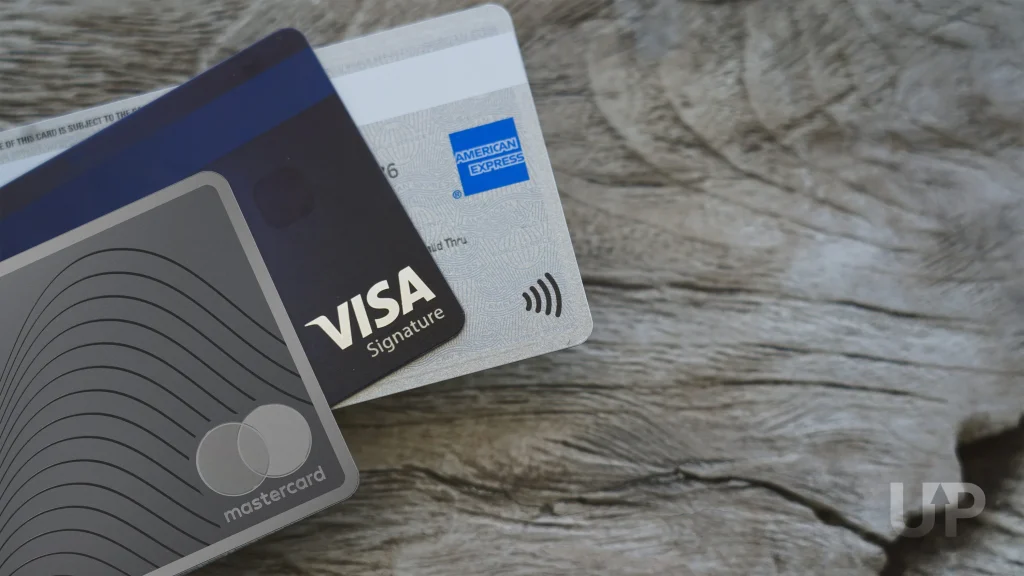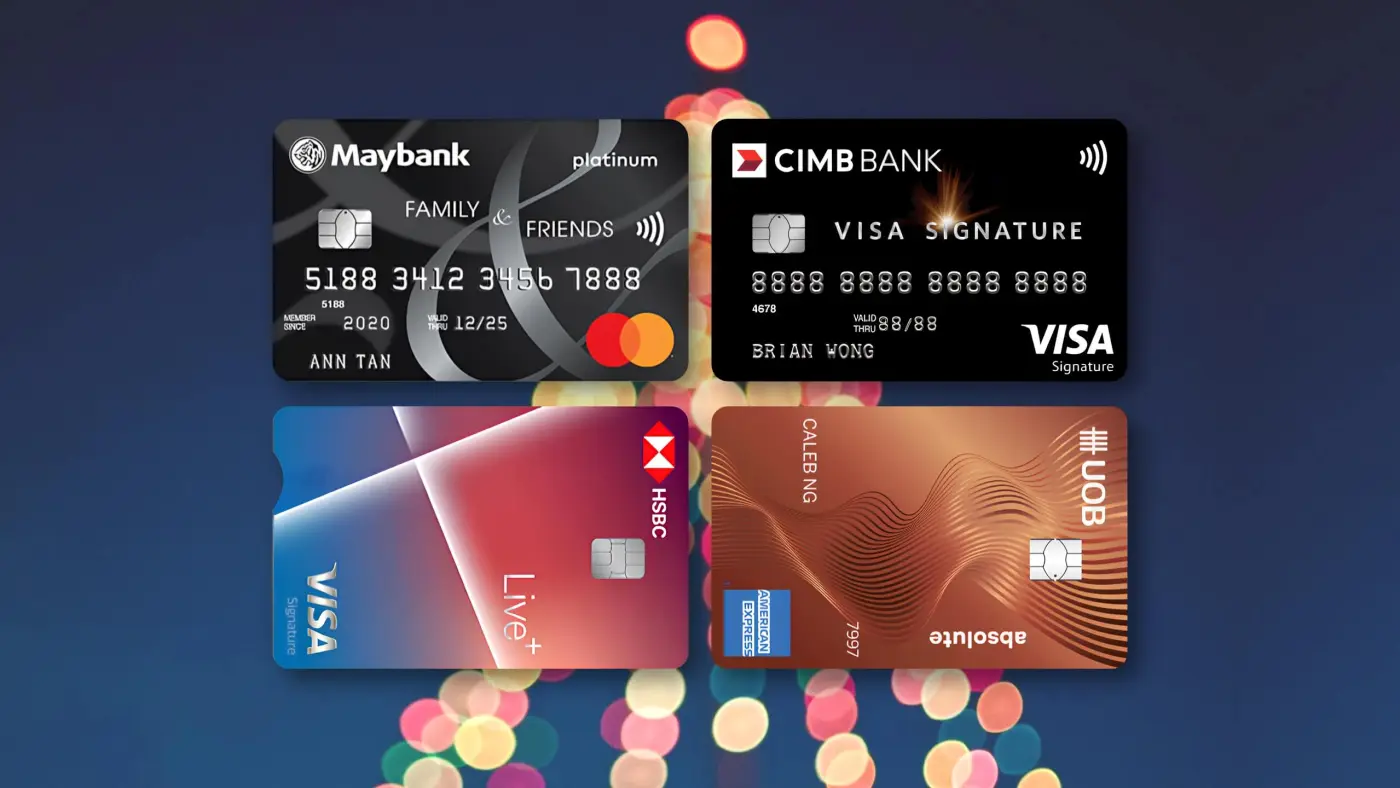When you apply for a credit card, you are presented with a choice between three major brands: Visa, Mastercard, and American Express (Amex). For the average consumer, these brands may seem interchangeable, but they are, in fact, very different. Understanding the differences between these three payment networks is crucial for making an informed decision about which card is right for you. The choice is not about one being “better” than the others; it is about which one best fits your spending habits, your financial goals, and your lifestyle. This comprehensive guide will provide a detailed comparison of Visa, Mastercard, and Amex, exploring the key differences in their business models, their benefits, and their acceptance.
Visa vs. Mastercard: The Battle of the Payment Networks
Visa and Mastercard are the two largest payment networks in the world, and they have a lot more in common than they have differences.
The Similarities (Processing and Brand)
- Processing Networks: Both Visa and Mastercard are primarily payment processors. They do not issue credit cards themselves; they partner with banks and financial institutions to issue cards. When you use a Visa or Mastercard, the card issuer (e.g., your bank) is the one that is extending you a line of credit. Visa and Mastercard’s role is to process the transaction, ensuring that the payment goes from the merchant’s bank to your bank.
- Ubiquitous Acceptance: Both Visa and Mastercard are accepted at tens of millions of merchants worldwide. For all intents and purposes, their acceptance is virtually identical. Whether you are at a local cafe or a major retailer, you can be confident that your Visa or Mastercard will be accepted.
The Key Differences (Benefits, Acceptance, and Card Issuer)
While their core function is the same, Visa and Mastercard have some subtle differences.

- Benefits: Both brands offer a suite of benefits, such as purchase protection, extended warranties, and travel insurance. However, the specific benefits can vary depending on the card tier (e.g., Gold, Platinum, Signature). Visa and Mastercard may have different benefit providers and different terms.
- Acceptance: While their general acceptance is the same, there may be some very niche differences. For example, some small, local businesses may only accept one or the other, but this is becoming increasingly rare.
- Card Issuer: The biggest difference is often not the brand of the card, but the bank that issues it. The annual fees, interest rates, and rewards programs are all determined by the card issuer, not by Visa or Mastercard.
The American Express (Amex) Difference
American Express is in a category of its own. Unlike Visa and Mastercard, Amex is both a payment network and a card issuer. This unique business model is what gives Amex its distinct identity.
Amex as Both a Lender and a Network
When you get an American Express card, you are getting a card that is issued directly by Amex. They are the ones extending you a line of credit, not a separate bank. This allows Amex to have more control over its brand, its benefits, and its rewards programs.
The Amex Membership Rewards Program
The Amex Membership Rewards program is widely considered to be one of the best rewards programs in the industry. It is a flexible points program that allows you to transfer your points to a wide range of airline and hotel partners, which can provide a lot of value. Amex also offers a variety of exclusive perks, such as early access to concert tickets, and exclusive deals with their merchant partners.
The Amex Prestige and Benefits (Lounge Access, Exclusive Offers)
American Express is known for its prestige and its premium benefits. Its Platinum and Centurion cards offer a host of luxury perks, such as airport lounge access, hotel elite status, and concierge services. These cards are designed for high-spenders who are looking for a premium travel experience.
The Downside of American Express
While Amex offers some of the best benefits in the industry, it is not without its downsides.

The High Annual Fees
Many of the best American Express cards come with a very high annual fee, often in the hundreds of dollars. The value of the benefits you receive must be greater than the cost of the annual fee to make the card worthwhile.
The Limited Merchant Acceptance
Compared to Visa and Mastercard, American Express has a more limited merchant acceptance. While its acceptance has grown significantly over the years, there are still some merchants, especially small businesses, that do not accept American Express due to its higher processing fees.
A Strategic Comparison for the Smart Consumer
The choice between these three brands is a strategic one.
The Best Choice for Everyday Spending and International Travel (Visa/Mastercard)
For everyday spending, international travel, and for those who want a card that is accepted virtually everywhere, a Visa or Mastercard is the clear choice. The ubiquity of their acceptance and the wide range of card options make them the most versatile choice for the average consumer.
The Best Choice for High-Spenders Seeking Premium Rewards (Amex)
For high-spenders, frequent travelers, and those who can take advantage of the premium benefits and the Amex Membership Rewards program, an American Express card can be an excellent choice. The value you get from the rewards and the benefits can often outweigh the high annual fees.
Final Conclusion: The Best Card for You
The choice between Visa, Mastercard, and American Express is not about one being “better” in an absolute sense. It is about which brand, and which card from that brand, best fits your unique financial profile. By understanding the core differences between them, you can make a strategic decision that aligns with your spending habits and your financial goals, ensuring that your credit card is a tool that serves you, not the other way around.













